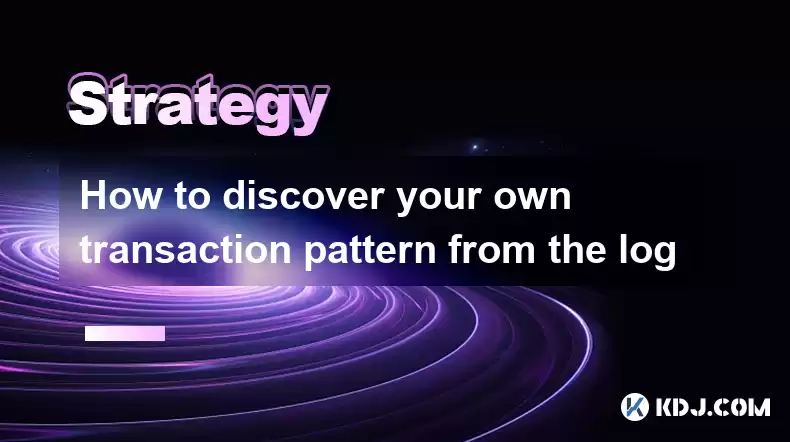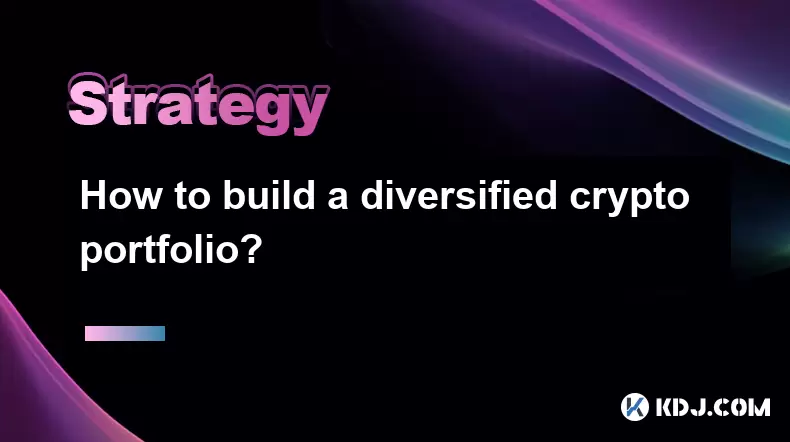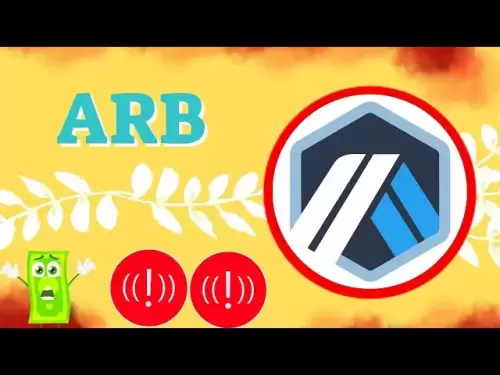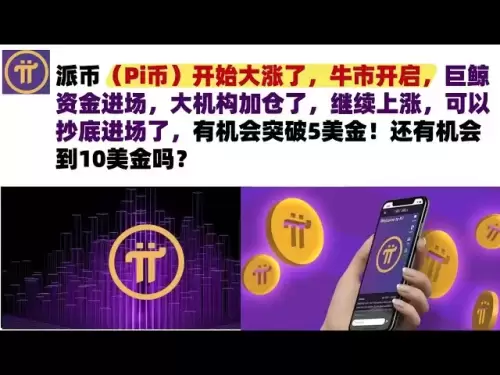-
 Bitcoin
Bitcoin $116900
0.00% -
 Ethereum
Ethereum $4280
5.48% -
 XRP
XRP $3.265
-1.45% -
 Tether USDt
Tether USDt $1.000
-0.01% -
 BNB
BNB $807.0
1.41% -
 Solana
Solana $183.1
2.93% -
 USDC
USDC $0.9999
0.00% -
 Dogecoin
Dogecoin $0.2440
6.50% -
 TRON
TRON $0.3357
-0.88% -
 Cardano
Cardano $0.8178
2.63% -
 Hyperliquid
Hyperliquid $44.13
7.45% -
 Chainlink
Chainlink $21.39
9.09% -
 Stellar
Stellar $0.4524
-0.84% -
 Sui
Sui $3.957
2.13% -
 Bitcoin Cash
Bitcoin Cash $572.7
-2.54% -
 Hedera
Hedera $0.2671
1.54% -
 Avalanche
Avalanche $24.77
4.17% -
 Ethena USDe
Ethena USDe $1.001
0.02% -
 Litecoin
Litecoin $122.3
-1.94% -
 Toncoin
Toncoin $3.432
2.26% -
 UNUS SED LEO
UNUS SED LEO $9.007
0.49% -
 Shiba Inu
Shiba Inu $0.00001396
5.26% -
 Uniswap
Uniswap $11.09
1.64% -
 Polkadot
Polkadot $4.155
4.57% -
 Dai
Dai $1.000
0.00% -
 Pepe
Pepe $0.00001253
5.11% -
 Cronos
Cronos $0.1588
2.67% -
 Bitget Token
Bitget Token $4.512
0.05% -
 Monero
Monero $275.0
0.64% -
 Ethena
Ethena $0.7527
15.10%
How to discover your own transaction pattern from the log
To uncover common transaction patterns, manually examine data for similarities in amounts, addresses, intervals, and types, employing data visualization and statistical techniques to quantify and analyze the patterns.
Feb 25, 2025 at 07:42 pm

Key Points:
- Identify common patterns in transaction data
- Utilize data visualization techniques to explore data
- Employ statistical analysis to quantify patterns
- Leverage machine learning algorithms for pattern recognition
- Understand the limitations of pattern discovery
How to Discover Your Own Transaction Pattern from the Log
1. Identifying Common Patterns
Begin by manually examining transaction data to identify recurring patterns. Look for similarities in:
- Transaction amounts
- Recipient addresses
- Sending addresses
- Transaction intervals
- Transaction types
2. Data Visualization
Use tools like graphs, charts, and heatmaps to visualize transaction data and identify patterns visually.
- Scatter plots: Plot the transaction amounts against recipient addresses or sending addresses to reveal relationships.
- Bar charts: Group transactions by amount, time, or address to highlight frequently occurring values.
- Heatmaps: Illustrate the frequency of transactions between different addresses.
3. Statistical Analysis
Apply statistical methods to quantify and analyze transaction patterns:
- Descriptive statistics: Calculate measures like average, median, mode, and standard deviation to understand the central tendency and variability of transaction data.
- Hypothesis testing: Test assumptions about transaction patterns, such as whether certain addresses are sending or receiving larger amounts on average.
- Regression analysis: Explore relationships between transaction variables, such as transaction size and time.
4. Machine Learning
Leverage machine learning algorithms to automate pattern detection:
- Clustering: Group similar transactions together based on their characteristics, such as amount, address, or time.
- Classification: Train models to predict the type or category of transactions based on known patterns.
- Anomaly detection: Identify unusual or suspicious transactions that deviate from established patterns.
5. Understanding Limitations
Recognize the limitations of pattern discovery:
- Data availability: May have access to only a subset of transactions.
- Noise and outliers: Data can contain irrelevant or erroneous patterns.
- Overfitting: Models may learn specific patterns that generalize poorly to new data.
FAQs:
Q: What data is needed to discover transaction patterns?
A: Transaction logs containing details like amounts, addresses, and timestamps.
Q: Can I discover patterns in real-time transactions?
A: Yes, by using streaming analytics tools that process data as it's generated.
Q: How can I use transaction patterns to improve security?
A: By identifying suspicious or anomalous transactions that may indicate fraud or illicit activity.
Q: Is it possible to automate pattern discovery?
A: Yes, using machine learning algorithms, such as clustering and classification.
Q: What are the potential limitations of pattern discovery in transaction logs?
A: Data availability, noise, overfitting, and the need for domain expertise.
Disclaimer:info@kdj.com
The information provided is not trading advice. kdj.com does not assume any responsibility for any investments made based on the information provided in this article. Cryptocurrencies are highly volatile and it is highly recommended that you invest with caution after thorough research!
If you believe that the content used on this website infringes your copyright, please contact us immediately (info@kdj.com) and we will delete it promptly.
- Trump, Nasdaq, and Token Treasury: WLFI's $1.5B Gambit
- 2025-08-10 06:50:12
- Trump, Nasdaq, and Token Treasury: WLFI's $1.5B Play
- 2025-08-10 06:30:11
- Bitcoin's Blazing 2025: YTD Performance and Total Return Breakdown
- 2025-08-10 07:10:12
- Coinbase, DEX Trading, and Base Network: A New Era for Crypto?
- 2025-08-10 06:30:11
- Dogecoin's Bullish Breakout: Riding the Fibonacci Waves to $1?
- 2025-08-10 07:10:12
- Block Inc., Bitcoin, and Mining Chips: Reshaping Digital Finance, New York Style
- 2025-08-10 06:50:12
Related knowledge

How to use stop-loss orders to limit potential losses?
Aug 08,2025 at 02:01pm
Understanding Stop-Loss Orders in Cryptocurrency TradingA stop-loss order is a risk management tool used by traders to automatically sell a cryptocurr...

How to read cryptocurrency charts and use technical analysis?
Aug 08,2025 at 11:08am
Understanding the Basics of Cryptocurrency ChartsCryptocurrency charts are graphical representations of price movements over time. These charts are es...

How to do your own research (DYOR) before investing in a crypto project?
Aug 08,2025 at 09:07pm
Understanding the Core Principles of DYOR in CryptocurrencyEngaging in due diligence before investing in any cryptocurrency project is essential to mi...

How to build a diversified crypto portfolio?
Aug 09,2025 at 12:21pm
Understanding the Importance of Diversification in CryptoDiversification in the cryptocurrency space is a strategy used to reduce risk by spreading in...

How to avoid common crypto investment mistakes?
Jul 13,2025 at 01:35am
Understanding the Risks of Crypto InvestmentInvesting in cryptocurrency can be highly rewarding, but it also comes with significant risks. One of the ...

What is a long-short crypto strategy?
Jul 15,2025 at 10:56am
Understanding the Basics of a Long-Short Crypto StrategyA long-short crypto strategy is an investment approach where traders simultaneously take long ...

How to use stop-loss orders to limit potential losses?
Aug 08,2025 at 02:01pm
Understanding Stop-Loss Orders in Cryptocurrency TradingA stop-loss order is a risk management tool used by traders to automatically sell a cryptocurr...

How to read cryptocurrency charts and use technical analysis?
Aug 08,2025 at 11:08am
Understanding the Basics of Cryptocurrency ChartsCryptocurrency charts are graphical representations of price movements over time. These charts are es...

How to do your own research (DYOR) before investing in a crypto project?
Aug 08,2025 at 09:07pm
Understanding the Core Principles of DYOR in CryptocurrencyEngaging in due diligence before investing in any cryptocurrency project is essential to mi...

How to build a diversified crypto portfolio?
Aug 09,2025 at 12:21pm
Understanding the Importance of Diversification in CryptoDiversification in the cryptocurrency space is a strategy used to reduce risk by spreading in...

How to avoid common crypto investment mistakes?
Jul 13,2025 at 01:35am
Understanding the Risks of Crypto InvestmentInvesting in cryptocurrency can be highly rewarding, but it also comes with significant risks. One of the ...

What is a long-short crypto strategy?
Jul 15,2025 at 10:56am
Understanding the Basics of a Long-Short Crypto StrategyA long-short crypto strategy is an investment approach where traders simultaneously take long ...
See all articles

























































































